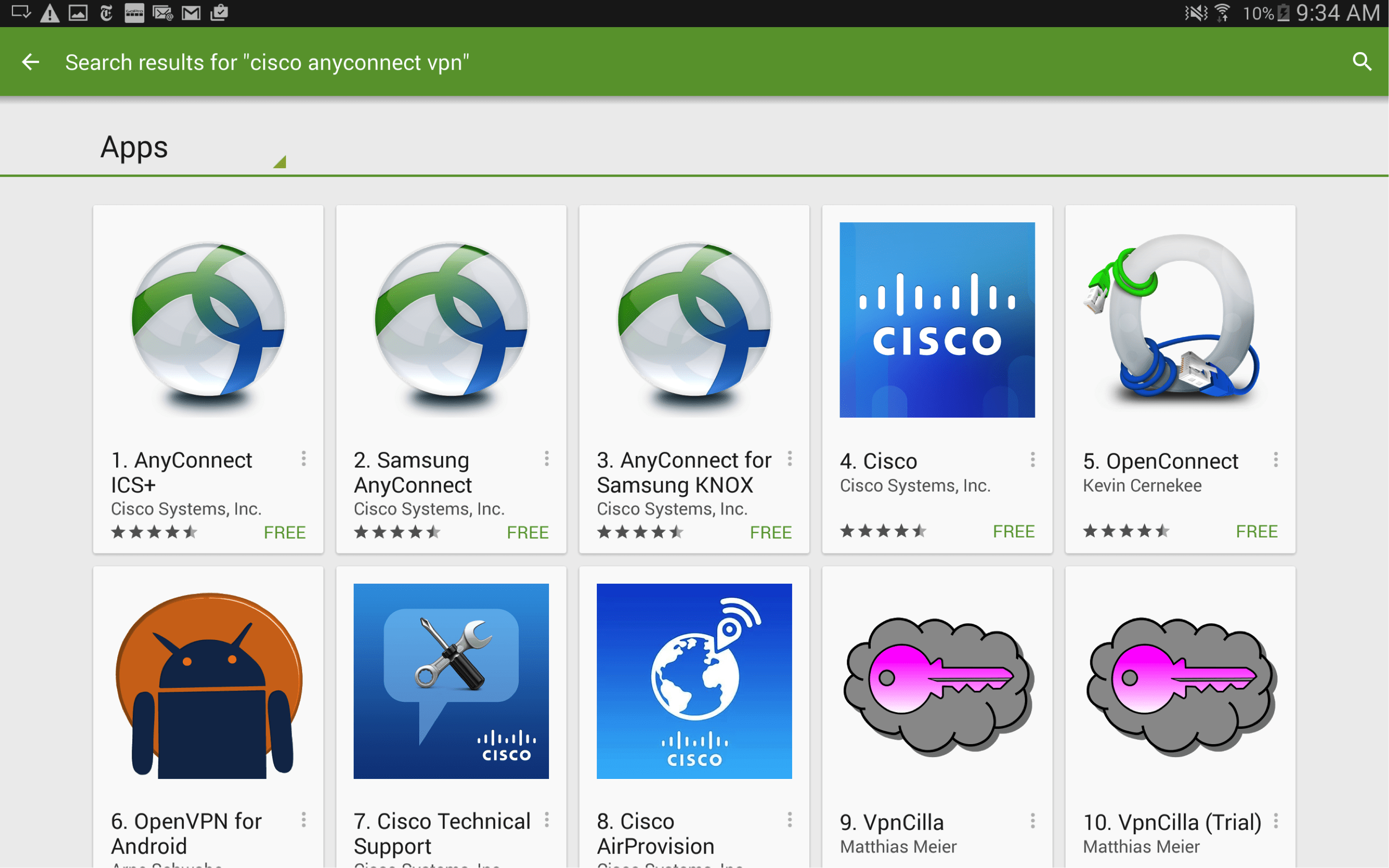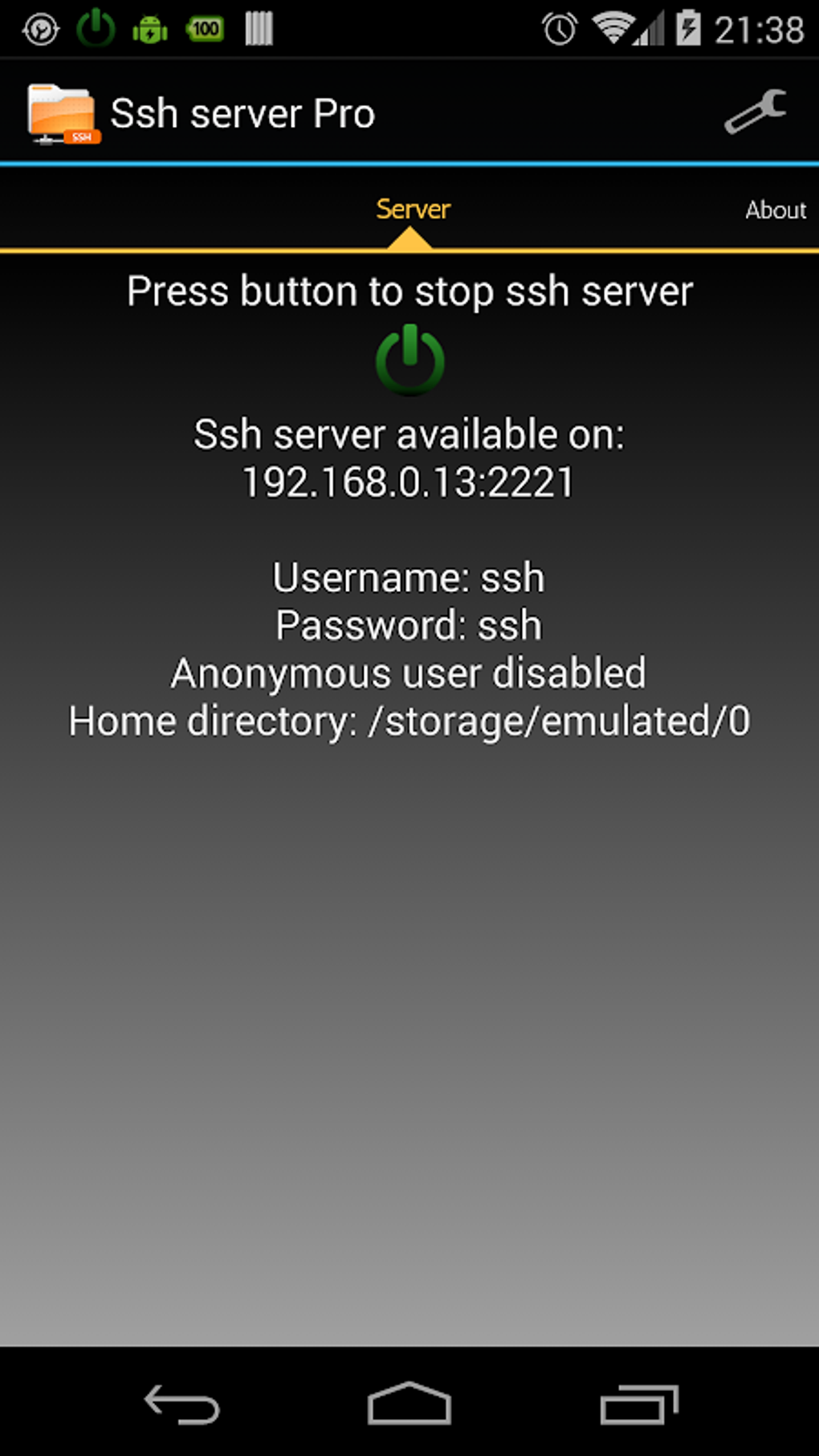Secure Remote IoT: P2P SSH Android Download Guide
In a world teeming with interconnected devices, is your data truly secure when traversing the digital landscape? Securing remote IoT connections is no longer a luxury, but a fundamental requirement in the modern digital age.
The Internet of Things (IoT) has revolutionized how we interact with technology, weaving itself into the fabric of our homes, workplaces, and even entire industries. From smart appliances that anticipate our needs to sophisticated industrial systems that monitor and control complex processes, IoT devices have transformed the way we live and work. However, this pervasive connectivity also introduces significant security challenges. As the number of connected devices explodes, so does the potential attack surface, making these devices prime targets for malicious actors seeking to exploit vulnerabilities.
This article will delve into the often-overlooked intricacies of ensuring secure communication between IoT devices, particularly focusing on the effective implementation of Peer-to-Peer (P2P) solutions using Secure Shell (SSH) on Android devices. Whether you're a seasoned developer, an IT professional responsible for network security, or a tech enthusiast keen on understanding the latest innovations, this guide offers actionable insights to enhance your understanding of secure IoT connections. The core objective is to equip you with the knowledge and tools necessary to safeguard your sensitive data and prevent unauthorized access to your valuable IoT infrastructure.
Before proceeding, it's crucial to understand the inherent risks associated with unsecured IoT deployments. IoT devices often collect and transmit sensitive data, ranging from personal information like health metrics and location data to critical operational data in industrial settings. This data is vulnerable to interception, manipulation, and theft if the communication channels are not properly secured. Moreover, compromised IoT devices can be leveraged as entry points for wider network attacks, leading to significant financial losses, reputational damage, and even physical harm in the case of critical infrastructure breaches.
The proliferation of IoT devices has significantly increased the attack surface, making securing these devices a critical priority. A robust security strategy must encompass several key areas. Strong authentication mechanisms are essential to ensure that only authorized devices can access the network. Data encryption is crucial to protect sensitive information during transmission, rendering it unreadable to unauthorized parties. Regular security audits and vulnerability assessments are vital to identify and address potential weaknesses in the system. Finally, comprehensive incident response plans are necessary to mitigate the impact of any security breaches.
Now, let's move into the technical implementation. Securing remote IoT connections using P2P SSH on Android is a critical step in protecting your sensitive data and preventing unauthorized access. Remote IoT P2P SSH offers a secure and efficient way to manage your IoT devices remotely. By downloading and setting up the app on your Android device, you can ensure that your connections are both secure and seamless. This approach not only ensures faster communication but also enhances privacy. This article will guide you through the process of securely connecting remote IoT devices on Android, including how to download and implement the necessary tools. By the end, you'll have a comprehensive understanding of how to leverage this technology for your IoT needs.
A fundamental aspect of creating a robust security posture is selecting the right tools. When it comes to securely connecting remote IoT P2P Android download solutions, having the right tools at your disposal is essential. Numerous SSH clients are available for Android, each offering different features and capabilities. Choosing the appropriate client depends on your specific requirements, including the level of security needed, ease of use, and the features necessary for your IoT setup.
Downloading remoteiot's P2P SSH for Android is a straightforward process. Numerous readily available SSH clients can be found in the Google Play Store. Some of the best Android SSH clients to download include, but are not limited to: ConnectBot, JuiceSSH, and Termius. These clients offer a variety of features, including support for SSH keys, port forwarding, and terminal emulation, making them suitable for various use cases. Ensure you choose an app from a trusted source and follow the provided installation instructions.
The process begins with device discovery, where IoT devices identify and authenticate each other within the network. The implementation of P2P technology involves the direct connection of devices without relying on a central server. This decentralized approach enhances both the speed and security of communication. This is because each device communicates directly with the others, reducing the risk of eavesdropping or interception by third parties. This streamlined approach not only saves time but also minimizes latency.
Consider a practical application: connecting your Raspberry Pi to an Android device using P2P technology. This setup enables remote monitoring, automation, and control of your Raspberry Pi projects from anywhere in the world. The process involves installing an SSH server on your Raspberry Pi, configuring the P2P connection, and then connecting to the Pi via an SSH client on your Android device. In this scenario, the Android device acts as a secure portal to access and manage the Raspberry Pi, regardless of its physical location.
The ability to securely connect remote IoT P2P Android downloads is crucial for maintaining the integrity of your network. This ensures not only faster communication but also enhanced privacy. The benefits of employing this methodology are numerous. For starters, it simplifies remote management and control. It reduces the risk of unauthorized access by using encrypted connections. It also allows for seamless remote access, which can be pivotal for troubleshooting or deploying updates to your devices.
Understanding how to securely connect remote IoT devices using P2P technology is critical. Whether you're a developer, a tech enthusiast, or someone managing a smart home, mastering this skill is essential. Securely connect remote IoT P2P SSH download Android ensures that your devices communicate safely over long distances. This makes it an ideal choice for individuals and businesses looking to securely connect remote IoT devices without compromising on performance or security.
As technology advances and the Internet of Things (IoT) continues to expand, ensuring secure communication between devices is paramount. The ability to securely connect remote IoT P2P Android downloads can save time, reduce costs, and enhance productivity. Whether you're a tech enthusiast, a small business owner, or an enterprise administrator, this capability is essential in today's interconnected world. For securely connect remote IoT P2P Android download solutions, P2P technology provides a robust framework for establishing secure and efficient communication channels.
In today's digital era, securely connect remote IoT P2P Android download has become a critical aspect of modern technology integration. It's no longer enough to simply connect devices. They must communicate safely. That's why learning how to securely connect remote IoT devices using P2P SSH is not just a skillit's a necessity. Securing remote IoT connections using P2P SSH on Android is a critical step in protecting your sensitive data and preventing unauthorized access. By following the steps we've outlined here, you'll be well-equipped to create a secure and efficient IoT infrastructure.
To recap, let's highlight the key takeaways. Prioritize strong authentication and encryption. Choose reputable SSH clients from trusted sources. Regularly update your devices and software. Continuously monitor your network for suspicious activity. By implementing these measures, you can protect your IoT devices and the data they generate, ensuring they operate securely and reliably. The ability to adapt and learn new security protocols is key, as this is an ever-changing landscape.
The integration of IoT devices has undoubtedly transformed how we interact with technology. However, these advancements bring significant security risks if not properly managed. The ability to securely connect remote IoT P2P Android downloads is crucial for maintaining the integrity of your network. By employing these strategies, you're not just implementing technology; you're building a more secure future for your connected devices.
| Topic | Details |
|---|---|
| Security Protocols | Ensure secure communication and data protection. Includes SSH, encryption, and authentication. |
| P2P Technology | Enables direct, secure connections between devices, bypassing central servers, and reducing latency. |
| Android SSH Clients | Tools for secure remote access and control of IoT devices via SSH, such as ConnectBot, JuiceSSH, and Termius. |
| Vulnerability Assessments | Regular evaluations to identify and address weaknesses in the system, and ensure a high level of security. |
| Incident Response Plans | Strategies for mitigating the impact of security breaches and responding swiftly. |
| Device Discovery | The process by which IoT devices identify and authenticate each other within the network, for secure communication. |
| Remote Monitoring | Using P2P SSH Android to monitor devices and perform management, such as remote Raspberry Pi control. |
Note: The examples and tools mentioned in this article are for informational purposes only. Ensure you are using secure and updated applications from trusted sources when implementing these solutions in your environment.



Detail Author:
- Name : Hayden Mohr Jr.
- Email : ewindler@gmail.com
- Birthdate : 1988-04-17
- Address : 677 Bertram Overpass Apt. 072 Kubland, ME 45633-1347
- Phone : 929-714-6944
- Company : O'Conner, Kub and Kuhn
- Job : Statement Clerk
- Bio : Et autem blanditiis culpa iste. Consequuntur rerum sed omnis nam quibusdam laudantium minima. Impedit ut deleniti laboriosam rem totam temporibus. Delectus asperiores maiores hic modi voluptatem et.